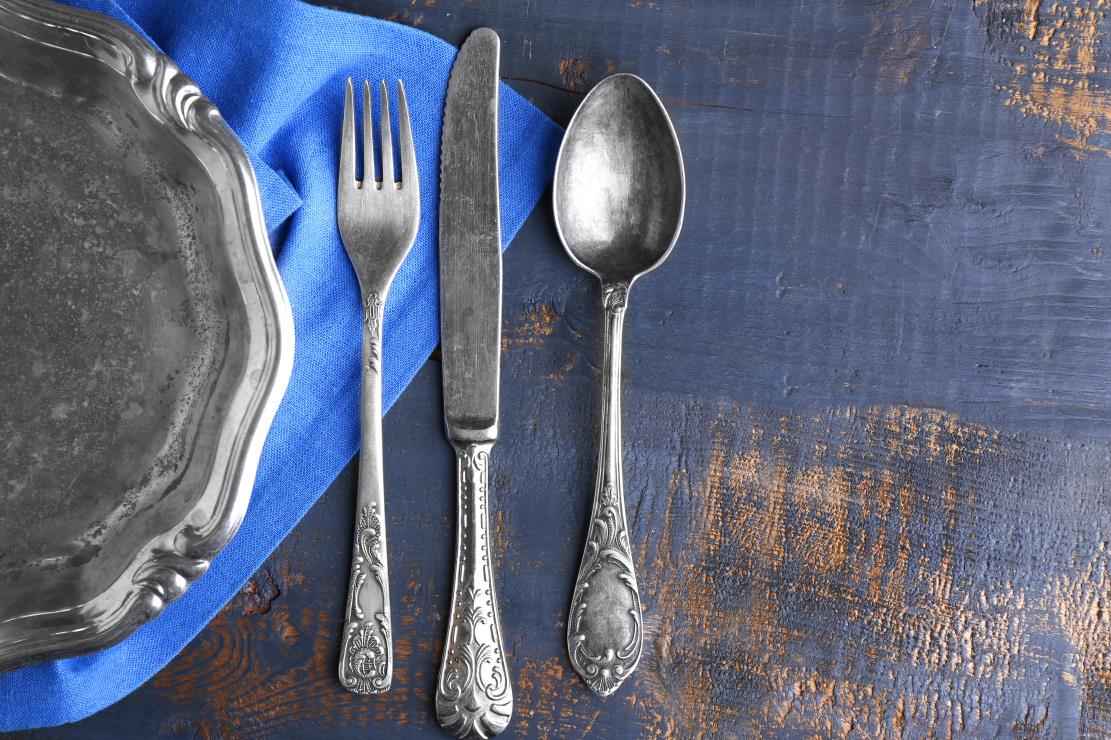Flatware might seem simple at first glance, but behind every fork, spoon, and knife is a specific purpose, and often, a specific type.
For businesses sourcing or selling kitchen essentials, understanding the different flatware pieces is key to building a complete and appealing catalog.
In this guide, we’ll walk through the most common types of flatware, from dinner forks and soup spoons to specialty items like fish knives and dessert utensils.
Whether you’re curating products for restaurants, retail, or private label collections, this breakdown will help you stock with confidence.
Flatware materials
When choosing flatware, the material makes all the difference — in durability, shine, feel, and long-term value. Let’s break down the most common types and which grades perform best in real-world use.
What Are the Types of Flatware Materials?
Most flatware is made from one of the following:
- Stainless Steel: The most popular and affordable option, known for durability, rust resistance, and low maintenance.
- Sterling Silver: A premium material made from 92.5% silver. It offers a traditional, elegant look but requires frequent polishing and care.
- Silver-Plated: A budget-friendly alternative to sterling silver. It features a thin silver coating over a base metal, less durable but more decorative.
For everyday use, stainless steel is by far the most practical choice. It’s dishwasher-safe, long-lasting, and available in multiple grades depending on your budget.
What Type of Stainless Steel Is Best for Flatware?
Stainless steel flatware is usually labeled with numbers like 18/0, 18/8, or 18/10. These refer to the percentages of chromium and nickel used in the alloy:
- 18/0 Stainless Steel – 18% chromium, 0% nickel
Basic and economical. Less corrosion resistance and a duller finish. Suitable for casual or short-term use. - 18/8 Stainless Steel – 18% chromium, 8% nickel
Balanced quality. Offers better shine, rust resistance, and durability. Widely used in restaurants and home kitchens. - 18/10 Stainless Steel – 18% chromium, 10% nickel
Premium choice. High luster, excellent corrosion resistance, and long-term performance. Often found in high-end flatware lines.
18/10 is generally considered the best stainless steel grade for flatware — especially if you want a product that holds up to years of regular use.
What Grade of Silverware Is Best?
If you’re referring to actual silver, sterling silver (92.5%) is the standard. It’s considered high-grade, collectible, and often passed down through generations.
If you mean flatware in general, then 18/10 stainless steel is the top performer in terms of durability, shine, and value, making it the best grade for most buyers and business owners sourcing quality flatware.
Types of forks
Forks are a staple in any flatware set. With their long handle and multiple tines, they’re designed for gripping, lifting, and eating a wide range of foods. From salads to seafood, different fork types serve specific roles at the table — especially in formal dining or food service.
Here are six common types of forks you’ll find in most collections.
Dinner fork
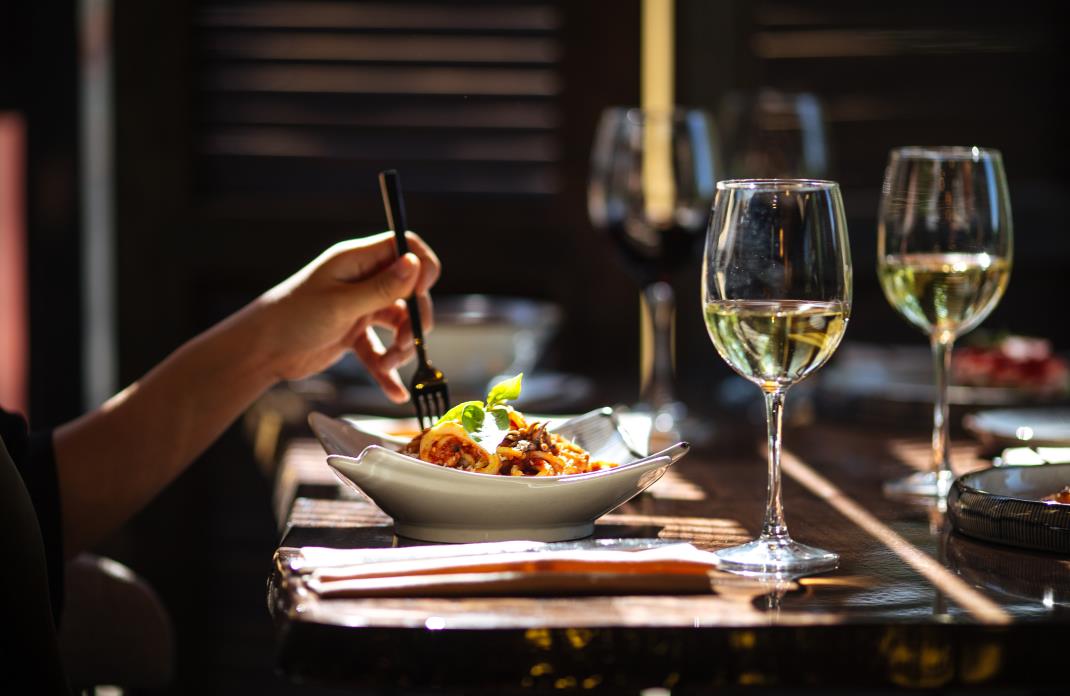
The dinner fork is an essential item in any flatware collection, especially for stores aiming to cover everyday table settings. It’s primarily used for main courses such as meat, pasta, and rice-based dishes.
Most dinner forks have four sturdy, evenly spaced tines and measure between 7 to 9 inches in length. Some models may feature just three tines, depending on the style. The handle is usually slim, and in some cases, textured or non-slip to enhance grip during use.
Because dinner forks are often subject to frequent washing and daily wear, durability is key. Stainless steel models with reinforced tines and well-balanced weight are ideal for both commercial and household use.
Salad fork
A salad fork is a useful flatware utilized in different cuisines. It is used for the entrée course of a meal, such as salads and appetizers. Salad forks are a relatively new addition to utensils used in formal place settings but have become important components of standard flatware sets.
Coming in at 6 to 8 inches in length, salad forks are slightly smaller than dinner forks but are similar in appearance. Currently, two types of salad forks are used: European (two, three, or four tines) and American (four or five tines).
Cocktail fork
Also referred to as a seafood fork, a cocktail fork is useful for garnishing drinks at cocktail parties, making hosting more efficient.
Cocktail forks are also used to pick out garnishes such as shrimp, cherries, and olives from drinks. This type of fork is often used with a cocktail spoon to spear food bits, allowing the spoon to scoop them up.
They can range from 4.5 to 5.5 inches in length and have either two or three tines. Interestingly, some designs feature tines curving outward instead of straight.
Dessert fork
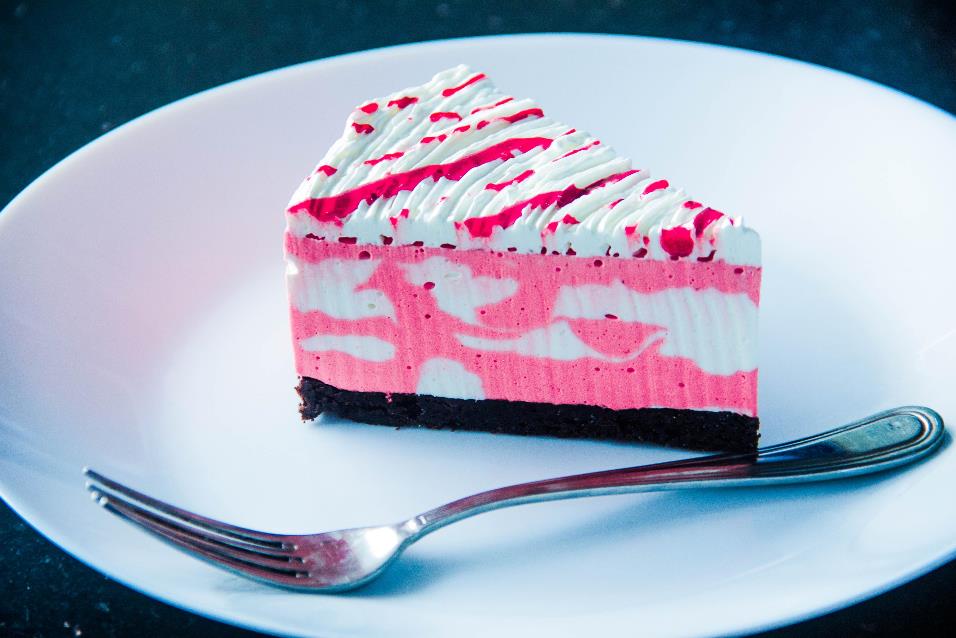
As the name implies, a dessert fork is used to work one’s way around desserts, especially pies, cakes, pastries, and other baked goods. Dessert forks resemble salad forks in design and shape but are slightly smaller.
Regular dessert forks normally have a length of 6 to 7 inches. Interestingly, the leftmost tine on a dessert fork is wider than the others since it is used to cut through food.
Like dinner forks, dessert forks may also have a specialized tine design, which makes them more suitable for consuming specific desserts like cheese or fruit.
Buy Wholesale Kitchenware and Start Scaling up with Us Today
Contact us and connect with a sales rep to get a free quote.
Fish Fork
The fish fork is a specialized utensil designed for serving and eating delicate fish dishes. It usually features a slightly broader shape than a standard fork, with short, wide-set tines that make it easier to separate flaky fish without tearing it apart.
Some fish forks also include a subtle notch or curved edge on one side, useful for sliding under skin or lifting bones with minimal effort. While it may not be a daily-use item, it adds refinement and functionality to formal flatware sets or seafood-focused dining.
Fish forks are often paired with a matching fish knife and are a staple in upscale restaurant service or well-rounded flatware collections.
Types of spoons
Spoons are a core part of any flatware set. With their rounded, bowl-shaped heads, they’re ideal for scooping, stirring, and eating both solid and liquid foods.
From soup to dessert, different spoon types serve different purposes, and a well-rounded catalog should include a variety of them to meet every dining need.
Table spoon (Regular)
A table spoon is the most common type of spoon and is used for serving food such as stews, soups, and sauces. It is also used for eating cereal, porridge, and other similar dishes. It is typically placed to the right of a plate in a table setting and is widely used in formal and informal dining.
Due to their versatility, table spoons are used in all public eating establishments, from casual diners to formal high-end restaurants.
A table spoon is about 7 to 9 inches long – and features a 2 to 3 inches wide, oval-shaped bowl with a tapered tip. Due to its large size, it is paired with a similarly-sized dinner fork in most table settings.
Bouillon spoon
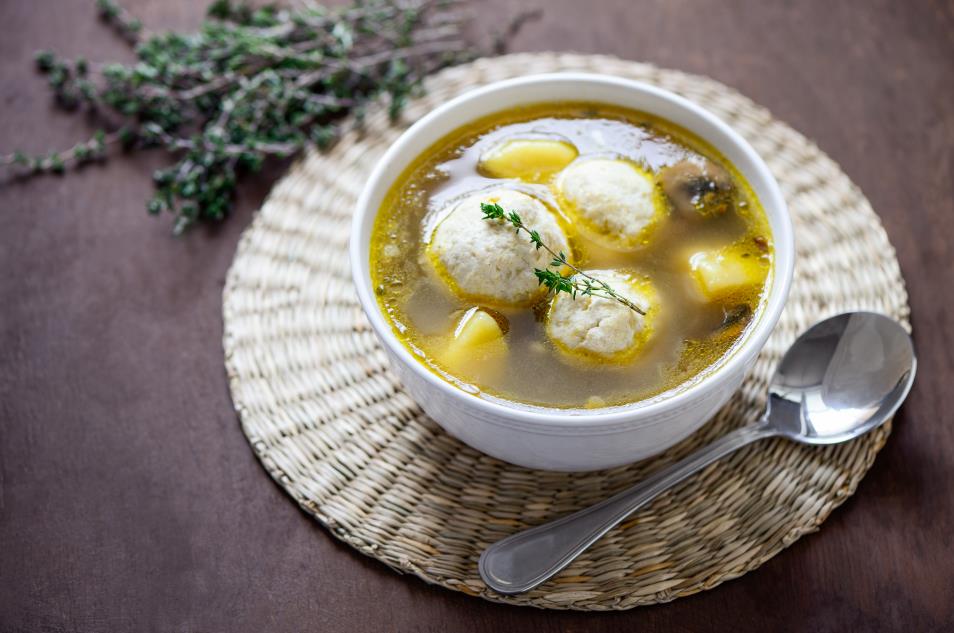
The bouillon spoon is a specialized utensil used for sipping clear soups or broths, particularly in formal European-style meal settings. While it’s not part of most everyday place settings, it appears in courses where soup is served as an appetizer.
Measuring around 5 to 5.5 inches in length, the bouillon spoon features a small, deep, and almost circular bowl. Its rounded shape makes it ideal for sipping smaller portions of liquid with control and elegance.
Beyond formal dining, it’s also commonly used as a tasting spoon in kitchens, perfect for sampling broths or sauces without using larger utensils.
Tea spoon
A tea spoon is versatile and can be used for scooping up small amounts of food like yogurt, cereal and oatmeal. They can also be used to make mini desserts, such as individual trifles or panna cotta, and to decorate cocktails using the rounded bowl to scoop up fruit or mint leaves.
It is extensively used in casual and formal dining arrangements and is considered a part of the 5-piece standard place setting. A tea spoon has a teardrop shape, round tips and an average length of 5.5 to 6.5 inches.
Demitasse spoon
The demitasse spoon is a petite utensil designed for serving espresso and other small-volume beverages. Measuring around 3 to 4 inches in length, it’s perfectly sized for fitting into demitasse cups or espresso glasses.
Its small, rounded bowl holds just the right amount for sipping, while the handle is long enough to stir without getting lost in the cup.
Beyond coffee service, demitasse spoons are also used to serve mini desserts like sorbet or mousse, or to portion condiments such as jam, honey, or spreads.
Because of their size and elegant shapes, they’re often chosen as a decorative touch in upscale coffee or tea presentations.
Dessert spoon
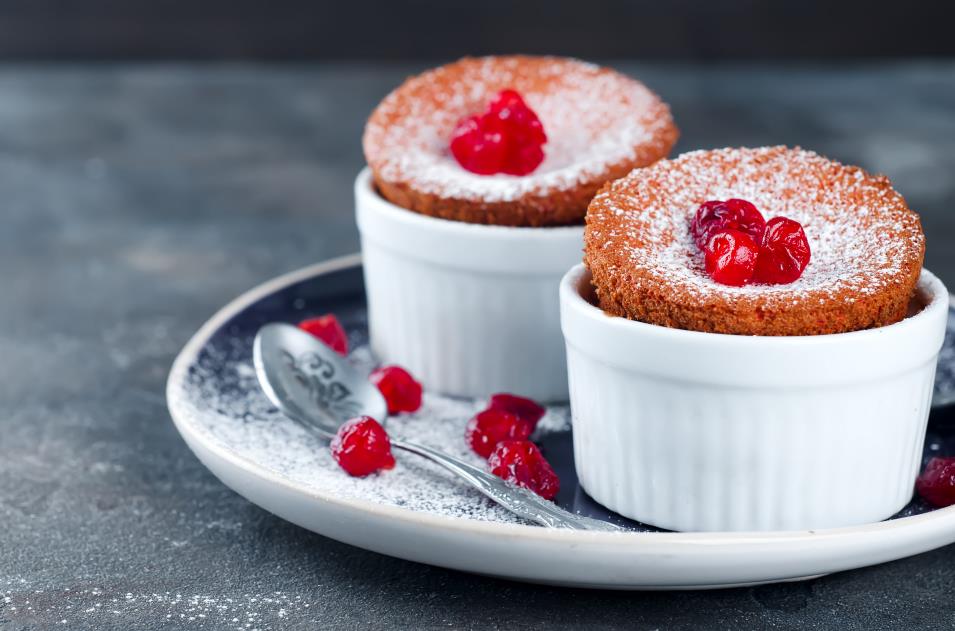
A dessert spoon is a medium-sized spoon designed to effectively scoop up the pudding, ice cream, and custard with their deep bowls.
While a dessert spoon might be substituted with a tea spoon in casual settings, the two are used separately in formal dining. They are also often used for mixing ingredients, such as whisking eggs or stirring hot chocolate.
The design of a dessert spoon can vary, but it usually has a teardrop-shaped bowl that is larger than a tea spoon but smaller than a table spoon. It has round tips and can range from 7 to 7.5 inches in length.
Soup spoon
Soup spoons facilitate eating liquid-based food such as chunky soup, chili, chowder, bouillon, and cream soup. Their special design allows them to hold large quantities of hot food and prevents it from spilling over the edges.
A soup spoon can measure 6 to 8 inches in length and has a distinctive bowl that is significantly deeper and wider than other spoons. Soup spoons don’t have a tip since they aren’t meant to dig into the food.
Iced tea Spoon
Iced tea spoons are special spoons with long and slightly curved handles, making them ideal for use with tall glasses or pitchers. These spoons allow easy stirring without reaching too far into the container.
They are mainly used to stir iced beverages like punch, lemonade, and iced coffee. They are also used for eating parfaits, sundaes, and ice cream, which makes them a versatile addition to a store’s catalog.
Iced tea spoons often come in different designs. Some may have a flat handle for stability when placing them on a table, while others may have a hook on the end of the handle for hanging the spoon on the side of a glass.
Casserole spoon
As the name suggests, casserole spoons are primarily used for serving dishes from a casserole or other similar container. They are highly versatile and can also serve stews, sauces, and vegetables, such as green beans or corn, and pasta dishes, such as lasagna or macaroni and cheese.
Casserole spoons have a long handle and an overall length of 8 to 9 inches. They have slender necks and significantly larger bowls in proportion to their body, making them ideal for use as serving spoons for buffet-style or family-style dining.
Place spoon
Place spoons are all-purpose medium-sized spoons used for various purposes during a meal, including sipping soup and eating cereal, dessert, and entrées.
Place spoons have an oval bowl with a large handle between 6.5 and 7.5 inches long. They are durable and practical, making them valuable to any flatware collection.
Types of table knives
With their long handles and large blades, knives are specialized utensils widely used to cut various foods. Different types of knives exist for different purposes and feature varying designs. Below, we explore the features and uses of 4 popular knife types.
Butter knife
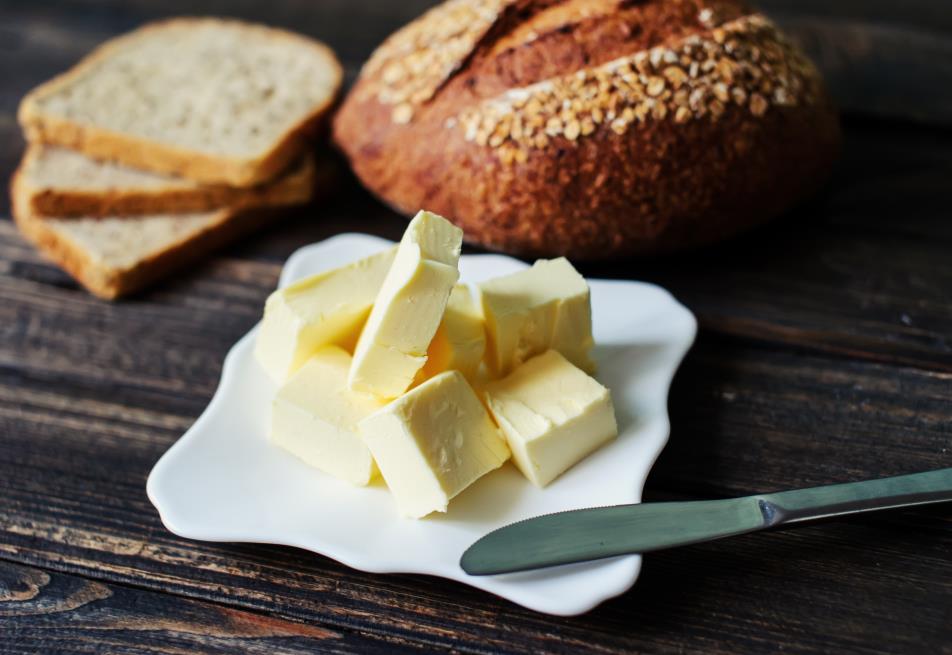
A butter knife is used to spread all types of butter and cream cheese. It has a rounded blade that is gentle enough to spread different types of spreads without damaging delicate bread or pastries.
The blade of a butter knife is usually flat and slightly curved, making it easy to scoop butter from a dish and spread it evenly. Stores sell simple butter knives with minimalist designs and ornate ones with intricate details.
Some butter knives have flat or slanted handles, making it easier for people who have difficulty using their hands to hold and use them. Butter knives are smaller than other knives, with an average length of 5 to 7 inches.
Dinner knife
A dinner knife is used for a variety of food items. It comes in two types of blades, smooth and serrated. A smooth blade can easily slice through delicate foods such as fruits and cheese, while a serrated edge can handle tougher fibers like vegetables.
Dinner knives also come with a non-slip handle, which helps to prevent the knife from slipping or sliding when cutting food. Some dinner knives may also have a specialized blade design, such as a granton edge, which creates air pockets between the food and the blade, making cutting through dense or sticky foods easier.
While not explicitly designed for it, a dinner knife is often used to cut meat, especially if it is not too rigid. Usually 8 to 9 inches in length, a dinner knife is a versatile and popular choice for any meal, making it a valuable addition to a kitchen.
Steak knife
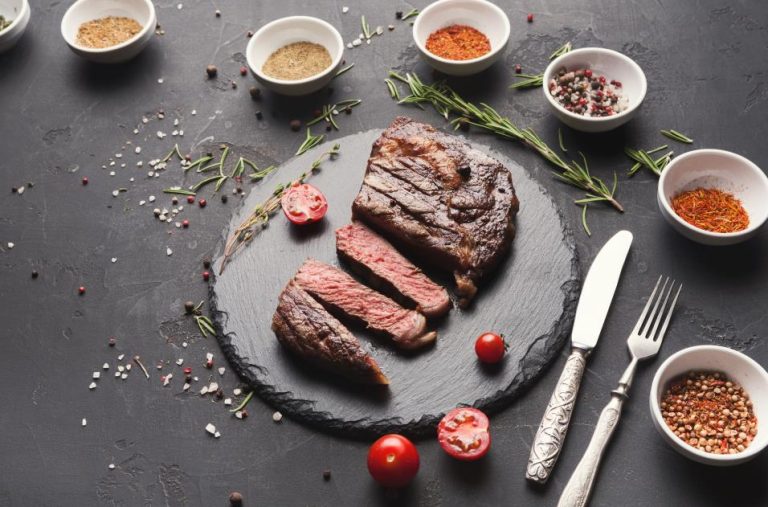
Steak knives are special knives designed to cut meat, such as steaks and pork chops. They’re widely used at steakhouses and casual and formal dining restaurants.
Its length varies between 8 to 10 inches. The blade can be either serrated or smooth to match the intended purpose.
Steak knife designs are mostly simple and practical; however, a few ornate ones are commonly used in fine dining.
Luncheon knife
Luncheon knives are used for lunch and other pre-dinner meals in informal and formal luncheons. The blade of a luncheon knife is usually smoother, making it ideal for cutting soft or delicate foods such as fruits, vegetables, and cheese.
It is smaller than a dinner knife and measures between 7 and 8 inches in length. It has a rounded or blunt tip, making it safer to use. Its smaller size makes it easy to handle, especially for people with smaller hands.
Luncheon knives are intended to be used with the luncheon plate and fork.
Fish Knife
The fish knife is a specialized utensil designed for eating cooked fish with precision and ease. Unlike standard knives, it’s not meant to slice through tough textures, instead, it’s shaped to gently separate delicate fish flesh without damaging it.
Typically measuring around 7 to 8 inches in length, the fish knife features a broad, flat blade with a slightly curved edge and a rounded or angled tip. This allows diners to lift fillets, remove skin, and gently scrape bones without tearing the meat.
Fish knives are usually paired with fish forks in formal place settings and are a staple in fine dining or seafood-focused establishments. While not essential for casual meals, they’re a thoughtful addition to flatware collections aimed at upscale dining experiences.
Other flatware
Besides primary flatware pieces such as forks, spoons, and knives, labor-saving auxiliary utensils are often needed. Specialized add-ons like cake servers and gravy ladles have efficient designs that can save time and effort.
Here, we look at 5such unique flatware items and their uses.
Dessert utensils
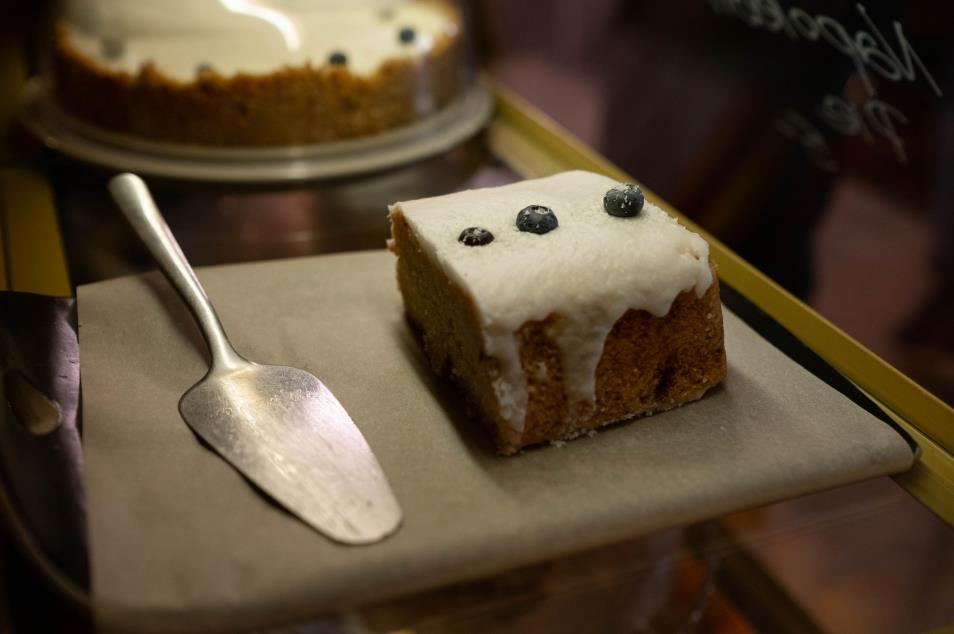
Dessert utensils are tailored for serving and enjoying sweet dishes like cakes, tarts, puddings, and pastries. These include specialized pieces such as dessert forks, dessert knives, and cake servers, each designed to handle softer textures without disrupting presentation.
- A dessert fork typically has a slightly smaller frame and may feature a wider outer tine to help cut through soft desserts.
- A dessert knife is smaller than a dinner knife and is ideal for slicing cakes, pastries, or fruit-based dishes.
- A cake server combines the function of a spatula and a knife, making it easy to lift and serve individual portions without crumbling.
These utensils add a polished touch to formal dining and are often part of multi-course place settings or dessert-specific flatware sets.
Serving utensils
Serving utensils are essential for portioning and transferring food from platters, bowls, or serving dishes to individual plates. They’re designed with larger heads and sturdier handles to handle heavier foods and reduce mess during service.
Common types include:
- Serving Spoon: A deep, oversized spoon ideal for dishes like rice, vegetables, or casseroles.
- Slotted Spoon: Similar in shape to a serving spoon, but with slots to drain excess liquid — useful for vegetables, poached items, or stews.
- Serving Fork: Often used for sliced meats, pasta, or salads, this fork has long, sturdy tines to lift and portion food with ease.
Serving utensils are staples in both home and commercial settings, especially in buffet service, catering, or family-style dining.
Gravy ladle
A gravy ladle is used for serving and portioning gravy, sauces and broths. It has a deep, rounded bowl with a capacity of 1 to 2 ounces that allow for easy scooping and pouring of liquids, making it ideal for serving at the dinner table or for use in the kitchen.
The handle of a gravy ladle is usually long, allowing for comfortable and safe handling when the ladle is filled with hot liquids.
Some gravy ladles are designed with a spout, making it easier to pour liquids neatly. Additionally, some gravy ladles have a hook or notch on the handle, allowing them to be hung on the side of a pot or saucepan when not in use.
Pierced table spoon
Pierced tablespoons are used to drain casseroles, fruits, and vegetables before they can be served. They are similar in size to regular table spoons and have roughly the same shape and design.
The only difference is the presence of a pierced bowl instead of a solid one. Some designs feature simple circular holes, while others have intricately-shaped ones arranged in elaborate patterns.
Buy Wholesale Kitchenware and Start Scaling up with Us Today
Contact us and connect with a sales rep to get a free quote.
Final thoughts
When it comes to sourcing flatware essentials for your business, many options are available.
However, choosing the right supplier is important if you want to sell top-quality products made from premium materials.
If you’re on the hunt for high-quality flatware pieces for your business, such as knives, get in touch with us.
We’ll be able to help you with bulk purchases, private label branding, dropshipping, and other services.
FAQs
Can flatware pieces be recycled?
Yes, flatware utensils made from stainless steel can be recycled without any degradation in quality. This makes stainless steel environment-friendly. In fact, many flatware pieces sold today are made from recycled stainless steel.
What is the difference between flatware and tableware?
Tableware is an umbrella term for all cutlery, glassware, and crockery items that are used to prepare a table before a meal. Flatware specifically includes those utensils that are used for serving and eating a meal.
Is flatware the same as silverware?
While the two terms might be used interchangeably, they are not the same. Flatware refers to eating and serving implements used in table settings, while silverware includes everything made from silver.
